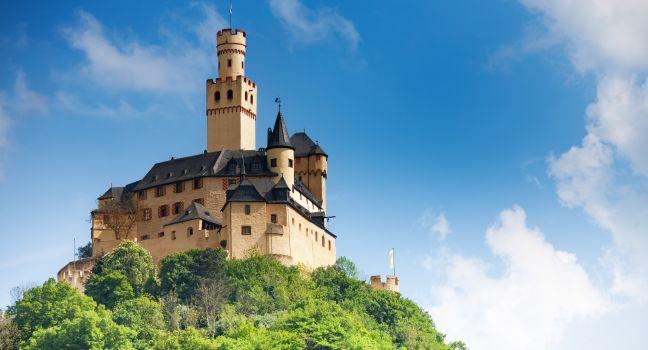Bauernmuseum
Now part of the Zum Weissen Schanen (White Swann) hotel, this farmer's museum, lovingly restored by the inn's owner and open all day for free to the public, displays antique agricultural implements, examples of pottery from over the centuries, and an ancient kitchen. Close by on the premises is a well-preserved 800-year-old-mill that was once the property of the Counts of Katzenelnbogen.




